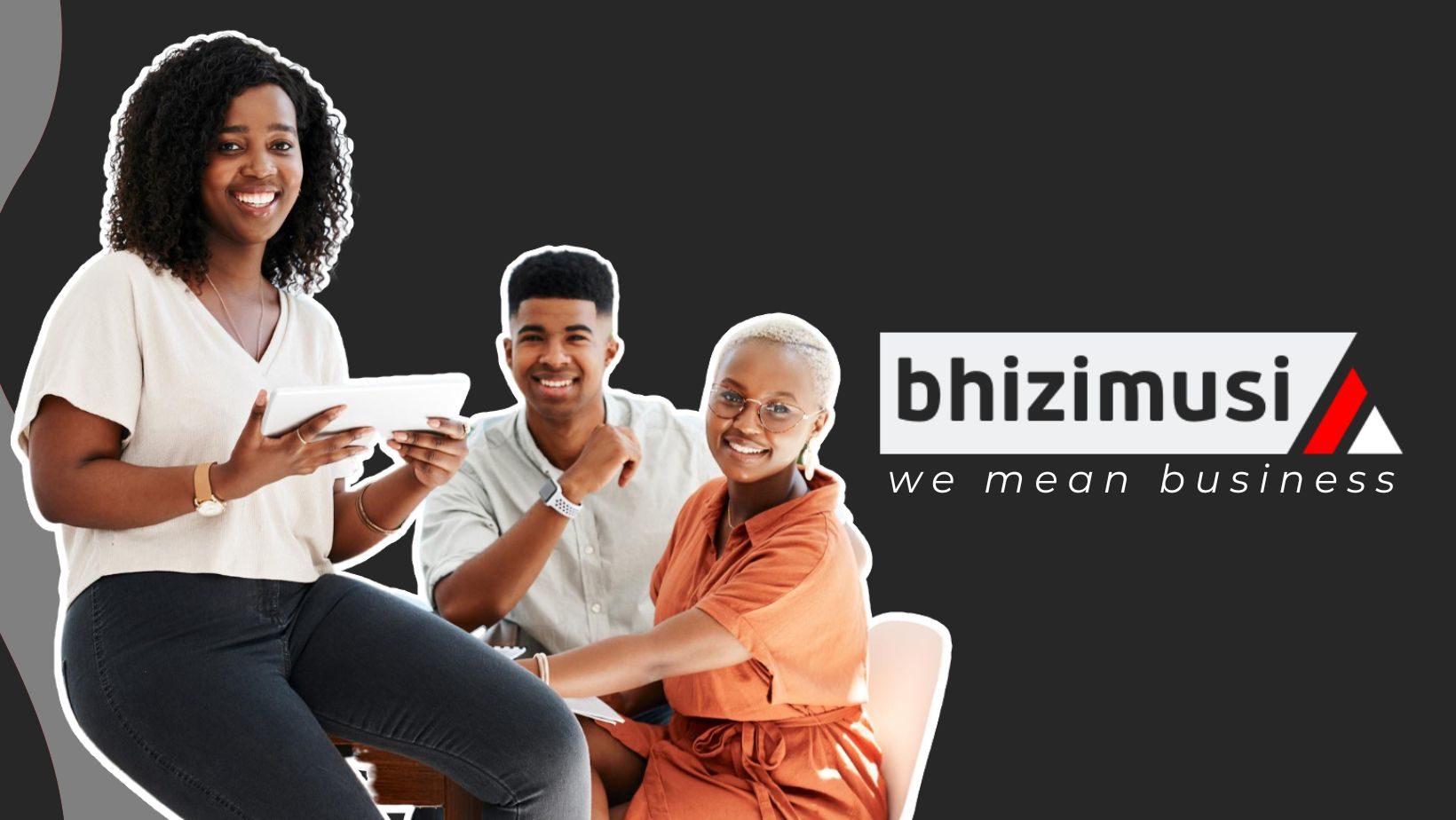
As president of the African Development Bank, Akinwumi Adesina has a vision of how the bank can help the continent reach its economic potential and provide a better life for its people. He laid out that vision in an interview with Matina Stevis. Here are edited excerpts of their conversation.
MS. STEVIS:For the past year and a half or so, you’ve been heading up an institution that is extremely important for the continent of Africa. Tell me about the last year and a half.
MR. ADESINA: Five things are very important for me—the High Fives strategy of the bank.
First is to light up and power Africa.
Second is to feed Africa, because I come from an agricultural background, and I know it makes no sense to be spending $35 billion a year importing what you should be producing and exporting, right? And if you don’t do anything about that, by 2025, Africa will be spending $110 billion importing food. Goodness, for what reason? So that’s our second priority, is to help Africa feed itself, become competitive in agriculture.
The third is to industrialize Africa. Of course, you can’t have that if you don’t have power. And so industrializing Africa would mean, instead of selling cocoa beans all the time, it is actually making money from chocolates, because that market for cocoa is highly unstable. But again, I’ve never seen the price of chocolate go down. The price of chocolate always goes up.

I’ve never seen the price of shirts or nice dresses go down, they always go up. But the price of cotton always goes down. So it makes no sense to be exporting raw materials and complaining that you are poor. We must industrialize. Another one is regional integration. Because Africa has to trade with itself. Only 13% of trade today is within the continent. But for that, you need good roads.
And finally for me, the most important of these High Fives projects is to improve the quality of life of the people of Africa. A week before I took on my job as president of the African Development Bank, I went to Senegal, to a place called Gorée Island.
This is the place where they took the slaves, and they threw them into the boats. And I got back into my car and I said to myself with all the emotions involved, “Well, all these folks went from here against their own will.” But today, you’ve got literally tens of thousands of young Africans that are, of their own will, jumping on rickety boats and going through the Mediterranean.
And thousands of them are dead at the bottom of that Mediterranean Sea. Now, that’s clearly not the Africa I want. I want an Africa that can create jobs, that can make a lot of young people use their skills well, that can create hope. An Africa where they can stay. And so that’s why we are investing, as the bank, in a massive effort today, called Jobs for Africa’s Youth. The goal is to help countries to generate 25 million jobs over the next 10 years.
MS. STEVIS:What are your plans to reform the African Development Bank to be the competitive institution it can be, and use and leverage its local knowledge?
MR. ADESINA: First and foremost, we have developed a new development and business model for the bank, which basically is to decentralize the bank. The bank is now decentralized. It’s closer to its clients.
We’ve got regional offices in West Africa, East Africa, Central Africa, North Africa and Southern Africa. The African Development Bank is the voice of Africa on development. And the greatest thing we have is not money, it’s knowledge. And knowledge is power. And so I want our bank being there constantly with countries to be able to do that. That’s going very, very well.
And we restructured the bank and created a whole new vice presidency [just for electric power]. Because I know without power, Africa is going nowhere.
You’re looking at a bank that is leaner, that is faster, that’s more efficient, that’s more impact-driven.





Leave a Reply